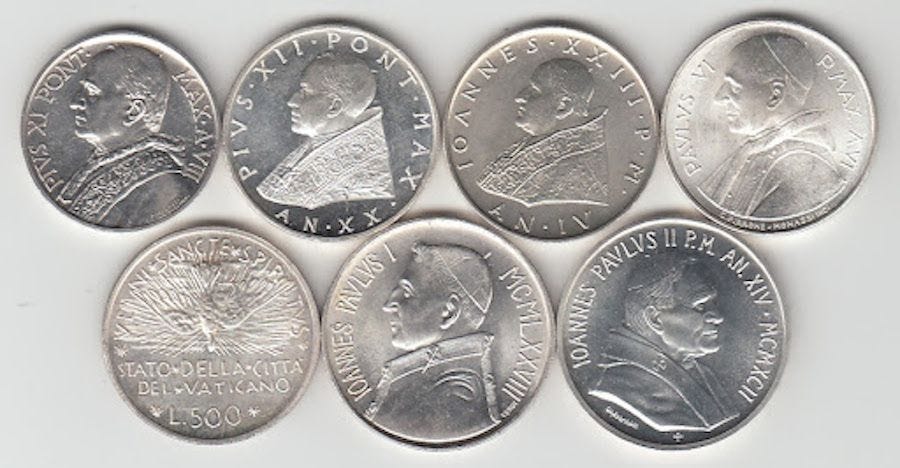Vatican coins in the fountain! A brief history of Church coinage
A pictorial history of Vatican money.

As the U.S. government this week hits the legal ceiling of federal borrowing this week, some economists have debated whether America's debt ceiling crisis could be solved by the use of a “trillion dollar coin.”
The idea is that the U.S. Treasury could take advantage of a law permitting it to mint commemorative platinum coins free of the restrictions tha…
